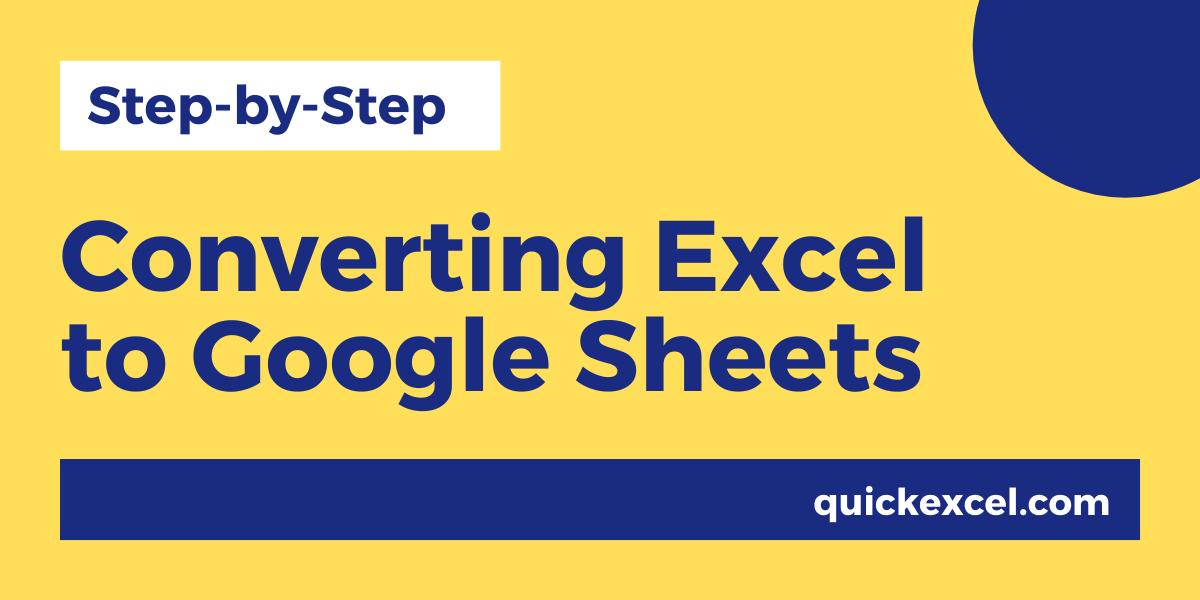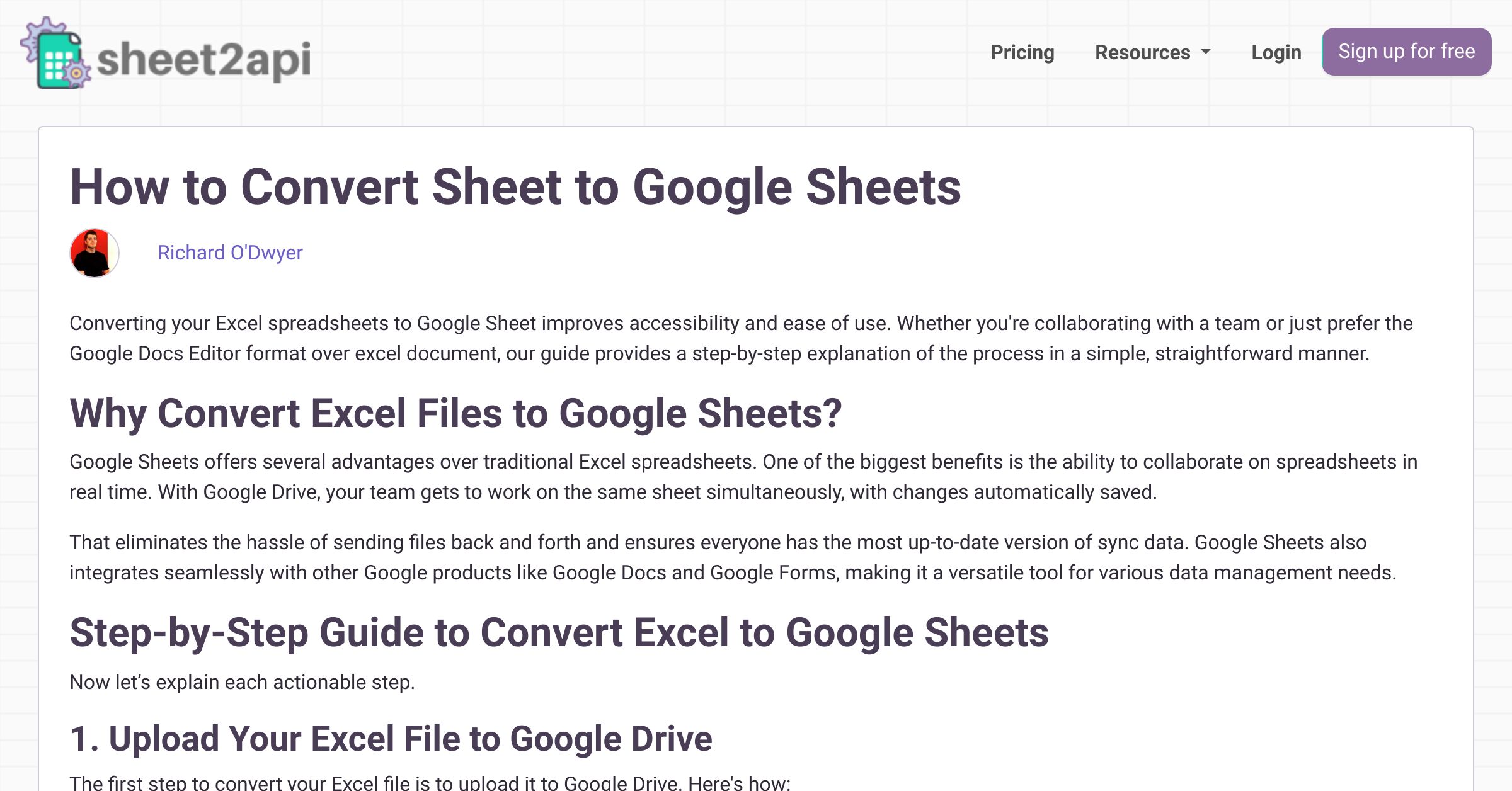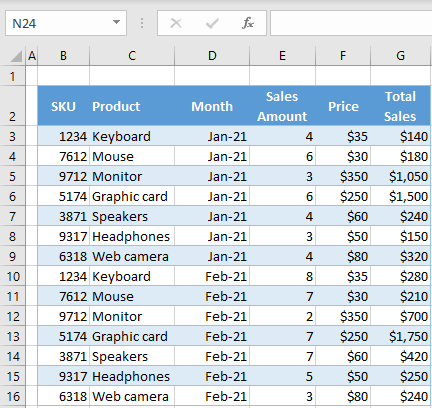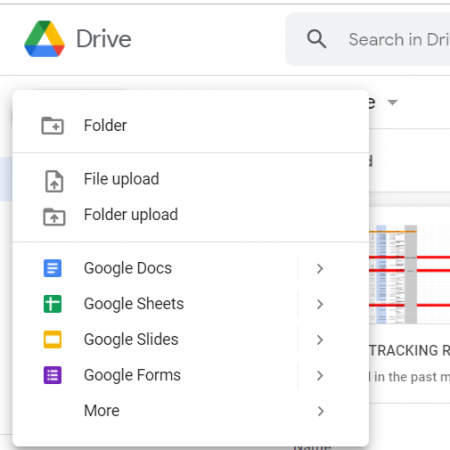Convert Excel to Google Sheets: Safeguard Your Data Easily

Switching from Microsoft Excel to Google Sheets might sound daunting, but it's a great step towards more collaborative and cloud-based productivity. In this post, we'll delve into the seamless process of converting Excel files to Google Sheets, ensuring that you protect your data every step of the way. Whether you're migrating for improved accessibility or looking to leverage Google Sheets' unique features, here's how you can make the transition with ease.
Understanding the Importance of Data Migration

Data migration is more than just transferring files; it’s about:
- Protecting your information from potential losses or corruption.
- Ensuring that data integrity remains intact during the transfer.
- Maintaining access to historical data for tracking and auditing purposes.
The Steps to Convert Excel to Google Sheets

Let’s break down the conversion process into manageable steps:
1. Preparation Before Conversion

Before you start converting your Excel files, take these preparatory steps:
- Backup your Excel files: Always maintain a backup to avoid losing data in case something goes awry during the conversion.
- Check for compatibility: Ensure that the features and functions in your Excel sheets are supported in Google Sheets.
- Remove macros and VBA: Google Sheets does not support Excel macros or VBA scripts. You might need to convert these or find alternatives.
2. How to Upload Excel Files to Google Drive

Here’s how you can upload your Excel files to Google Drive:
- Visit Google Drive.
- Click on the “New” button on the left-hand side, then select “File Upload.”
- Choose the Excel files you want to upload from your computer, and they will be added to your Google Drive.
3. Convert the Excel Files

Now that your files are in Google Drive, here’s how to convert them:
- Locate the uploaded Excel file in Google Drive.
- Right-click on the file, hover over “Open with,” and select “Google Sheets.”
- Google will convert the file into a Google Sheets document, preserving much of its original formatting and data.
- Once converted, rename the file if desired and save it as a Google Sheets document.
💡 Note: The converted Google Sheets document will have a new file type, but you can still download it as an Excel file if needed.
4. Verify Data Integrity and Format

After conversion, you must verify:
- Data Accuracy: Go through your data to ensure all values have been correctly transferred.
- Formatting: Check that tables, conditional formatting, and charts have been converted accurately. Some complex formatting might need manual adjustments.
- Formulas: Ensure all formulas are working correctly. Google Sheets might handle some Excel formulas differently.
5. Post-Conversion Maintenance

Keep these practices in mind:
- Regular Backups: Despite Google Sheets being in the cloud, regular backups to Google Drive or a local machine are recommended.
- Collaborative Editing: Take advantage of real-time collaborative editing features for enhanced productivity.
- Data Audit: Periodically audit your data for inconsistencies or errors that might arise post-conversion.
Additional Tips for a Smooth Transition

Here are some useful tips to consider:
- Learn basic Google Sheets shortcuts to boost your productivity.
- Explore Google Sheets’ add-ons to expand functionality not available in Excel.
- Use version history to track changes over time, especially helpful during collaborative projects.
To summarize, converting Excel to Google Sheets is a streamlined process that enhances collaboration and ensures data integrity if done correctly. By following these steps, you'll be able to safeguard your data and take advantage of Google Sheets' modern features.
What happens to my macros during the Excel to Google Sheets conversion?

+
Macros written in Visual Basic for Applications (VBA) are not compatible with Google Sheets. You would need to rewrite them using Google Apps Script or find alternative methods within Google Sheets to achieve the same functionality.
Can I still use Excel after converting my files to Google Sheets?

+
Yes, you can download your Google Sheets file back to an Excel format if needed. However, keep in mind that some Google Sheets features might not convert perfectly back to Excel.
How can I ensure my data is safe during the migration process?

+
Before and after the migration, back up your data, verify the integrity post-conversion, and use Google Sheets’ automatic save and version history features to prevent data loss.
What are the advantages of using Google Sheets over Excel?

+
Google Sheets offers real-time collaboration, automatic cloud saving, integrated Google services, and cost-effective options for teams with Google Workspace accounts, making it ideal for modern, collaborative work environments.